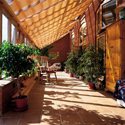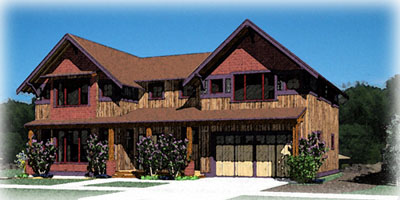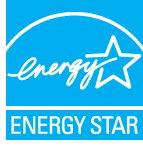Sustainability

In 1987, the Brundtland Commisions of the United Nation defined sustainability as "meeting the needs of the present without compromising the ability of future generations to meet their own needs ." Sustainability is a very broad term, and in the built environment, it refers to a practice of building, use and maintenance that does not deplete the resources necessary to make those activities possible. This includes development of land, production of raw materials, labor, energy, waste and ultimately decommissioning and recycling.





